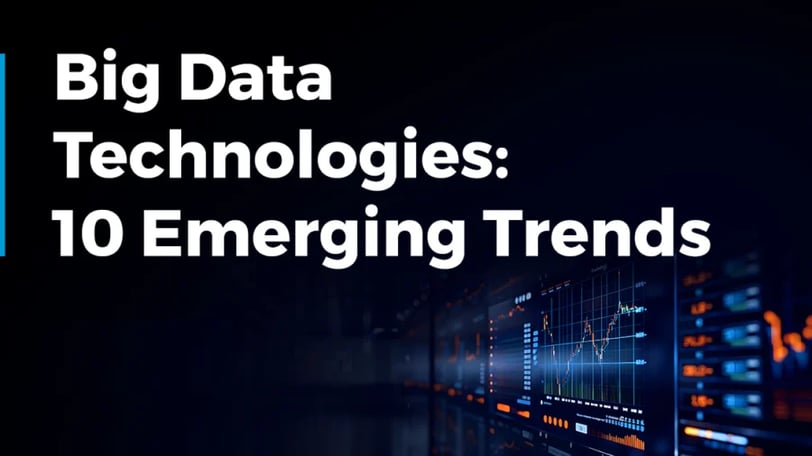Big Data Trends - 2025 (Tip #24-09062017)
LEARNING AND DEVELOPMENTTECHNOLOGY
Shyam Rao
12/16/20241 min read


1. Rise of Data Democratization
Tools for non-technical users (low-code/no-code platforms) will make data analytics accessible to more people in organizations.
Self-service analytics and citizen data scientists will drive innovation and decision-making.
2. Edge Computing Expansion
Data will increasingly be processed closer to where it's generated (e.g., IoT devices), reducing latency and improving real-time decision-making.
Growth of 5G and IoT will accelerate edge analytics adoption.
3. AI-Driven Big Data
Artificial Intelligence (AI) and Machine Learning (ML) will play an even larger role in extracting insights, automating processes, and improving predictions.
Generative AI will impact data augmentation, synthetic data creation, and advanced analytics.
4. Data Privacy and Governance Focus
With increasing regulations (e.g., GDPR, CCPA), data governance frameworks will become more sophisticated.
Businesses will prioritize ethical AI and secure handling of customer data to maintain trust.
5. Real-Time Analytics as Standard
Companies will demand real-time data insights for applications like fraud detection, personalized marketing, and dynamic supply chain management.
Streaming analytics platforms will see significant growth.
6. Cloud Data Ecosystem Dominance
Hybrid and multi-cloud solutions will dominate as organizations seek flexibility and scalability in managing big data.
Cloud-native tools for data management and analytics will continue to improve.
7. Focus on Data Interoperability
Standardized data-sharing frameworks and APIs will enable organizations to integrate datasets from different sources seamlessly.
Open Data initiatives will promote collaboration across industries.
8. Data Fabric and Data Mesh Architectures
Data fabric will automate integration, data discovery, and usage across hybrid environments.
Data mesh, emphasizing domain-based data ownership, will replace centralized architectures for better scalability and decentralization.
9. Sustainability and Green Data Practices
Companies will adopt sustainable big data practices, optimizing energy consumption and reducing carbon footprints in data centers.
AI and ML will be used to analyze and improve environmental sustainability efforts.
10. Vertical-Specific Big Data Solutions
Industry-tailored analytics solutions will emerge for sectors like healthcare (predictive medicine), finance (risk analytics), and retail (customer personalization).
Big data will further drive innovations in autonomous vehicles and smart cities.
